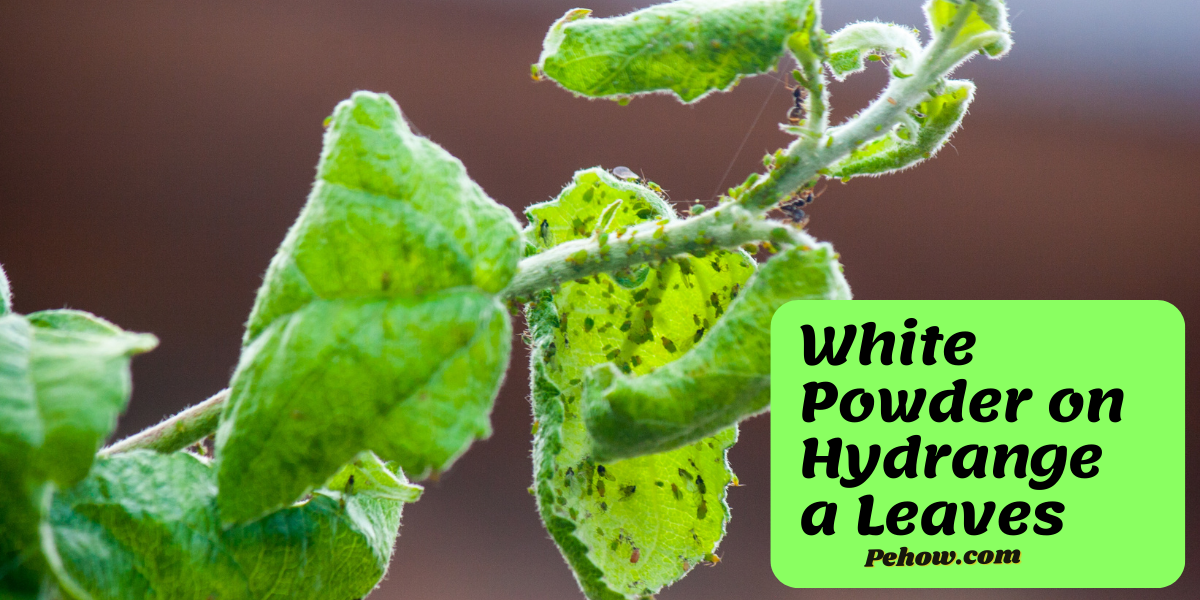I spend time in my garden every day. I love to take care of my plants and flowers, and I take a lot of pride in my work. But lately, I’ve noticed something strange going on with my hydrangeas. There’s a white powdery substance on the leaves, and it’s starting to spread.
I’m not sure what this is, but it doesn’t look good. I’m worried that it might be some kind of disease or fungus. I don’t want my beautiful hydrangeas to get sick, so I’ve been doing some research on how to remove and treat this white powdery substance.
From what I’ve been able to find, it looks like this is a type of fungus called powdery mildew. It’s a common problem, but it can be treated. I’m going to try some of the recommended methods and see if I can get rid of this fungus for good.
In the meantime, if you see anything like this on your hydrangeas, don’t panic. There are ways to get rid of it and keep your plants healthy. Just do some research and find the method that works best for you.
What is powdery mildew and why should you care
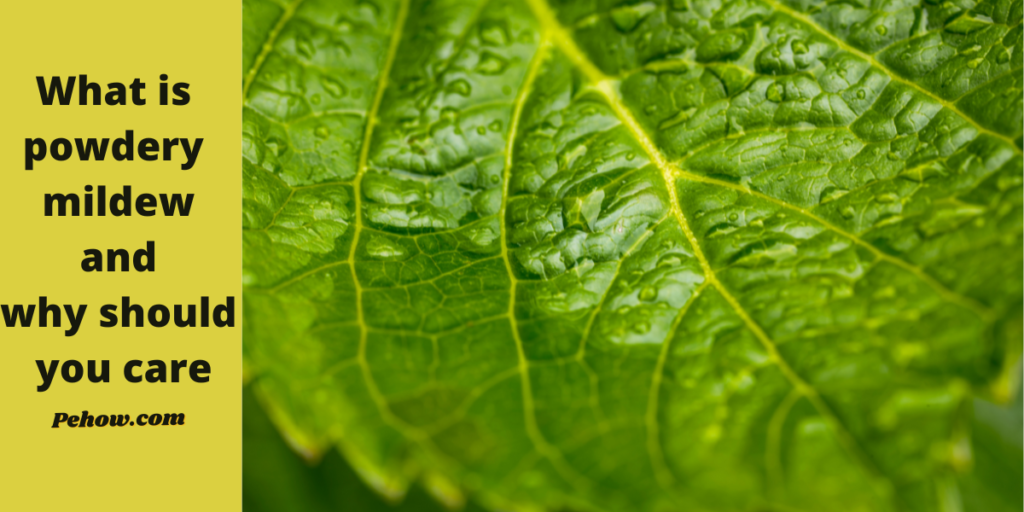
Powdery mildew is a fungal disease that affects many types of plants. It causes a white powder to form on the leaves and can damage the plant if left untreated. Powdery mildew can be prevented by watering plants properly, using mulch to keep the soil moist, and by planting resistant varieties of plants. Treatment for powdery mildew includes spraying the plant with a fungicide.
If you have powdery mildew on your hydrangea leaves, you should take steps to treat it immediately. Left unchecked, powdery mildew can cause the leaves to turn yellow and eventually drop off. The fungus can also spread to other parts of the plant, causing further damage.
Plants should be cared for to get rid of powdery mildew and keep the plant healthy. White powder on hydrangea leaves is unsightly, and it can reduce the plant’s ability to photosynthesize. If you have powdery mildew on your plants, make sure to take care of it right away!
How to identify powdery mildew on your plants

Powdery mildew looks like a white powder on the leaves of plants. It can also appear on stems, flowers, and fruits. Powdery mildew is most likely to occur in humid or damp conditions. The fungus thrives in warm weather and can spread quickly in these conditions.
There are various methods of detecting powdery mildew, but I will show you how to identify it by its symptoms.
1. Yellowing of leaves
Yellowing of leaves is a symptom of powdery mildew. The fungus causes the leaves to turn yellow and eventually drop off.
2. White powder on leaves
The most obvious symptom of powdery mildew is the white powder that forms on the leaves. This powder is made up of fungal spores and can spread quickly in humid conditions.
3. Brown spots on leaves
Another symptom of powdery mildew is brown spots that form on the leaves. These spots are caused by the fungus feeding on the leaves.
4. Wilting of leaves
Wilting of leaves is another symptom of powdery mildew. The fungus causes the leaves to wilt and eventually die.
If you see any of these symptoms on your plants, it is important to take action immediately. Powdery mildew can spread quickly and cause significant damage to your plants.
How to remove powdery mildew from your plants
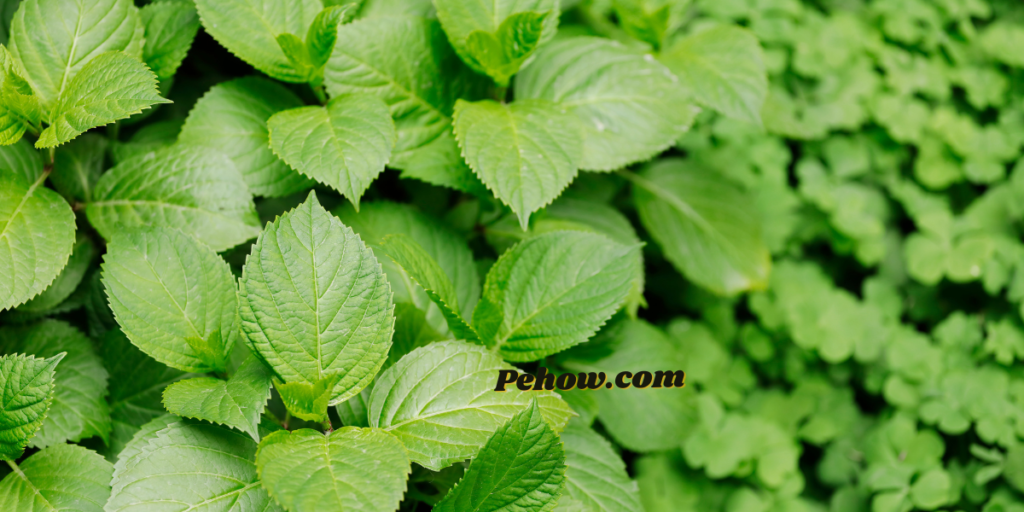
I have seen you so far on how to detect powdery mildew, what it looks like, and what causes it. Now let’s talk about how to get rid of this nuisance!
There are a number of ways to treat powdery mildew, but the most important thing is to act quickly. The sooner you start treatment, the better your chances of saving your plant. here are a few methods:
1. Use a fungicide
Powdery mildew can be treated using a fungicide. Fungicides come in a number of forms, including sprays, dusts, and liquids. When choosing a fungicide, be sure to read the label and follow the instructions carefully.
Not all fungicides are effective against powdery mildew, so it is important to choose one that is specifically labeled for use against this disease. Some of the most effective fungicides against powdery mildew include:
Benomyl
Benomyl is a fungicide that is specifically labeled for use against powdery mildew. It is one of the most effective fungicides against this disease. Benomyl comes in a number of forms, including sprays, dusts, and liquids. When choosing a form of Benomyl, be sure to read the label and follow the instructions carefully.
Chlorothalonil
Chlorothalonil is a fungicide that is specifically labeled for use against powdery mildew. It is one of the most effective fungicides against this disease. Chlorothalonil comes in a number of forms, including sprays, dusts, and liquids
Sulphur
When it comes to powdery mildew, Sulphur is a key ingredient in the fight against this disease. Sulphur is available in a number of forms, including dusts and liquids.
Sulphur is one of the most effective fungicides against powdery mildew, but it can also be one of the most dangerous. Sulphur dust is highly combustible and can be explosive if it comes into contact with a spark or flame. For this reason, it is important to use Sulphur only as directed and to follow all safety precautions on the label.
2. Use a homemade fungicide
To make a fungicide at home, mix 1 tablespoon of baking soda and 1 teaspoon of horticultural oil in 1 gallon of water. Spray the mixture on the affected leaves, being sure to coat both the top and bottom surfaces. Apply the fungicide once a week until the powdery mildew is gone.
3. Try using horticultural oil
Horticultural oil is a non-toxic way to control powdery mildew. You can buy it at most garden stores. To use it, mix 1 tablespoon of horticultural oil with 1 gallon of water and spray it on the affected leaves, being sure to coat both the top and bottom surfaces. Apply the oil once a week until the powdery mildew is gone.
4. Destroy infected leaves
Powdery mildew can be controlled by destroying the infected leaves. To do this, use a sharp knife or scissors to cut the leaf off at the stem. Be sure to disinfect the knife or scissors between cuts with a bleach solution (1 part bleach to 9 parts water), and wear gloves to protect your hands. Discard the infected leaves in the trash.
The dangers of powdery mildew and the effects it can have on your plants
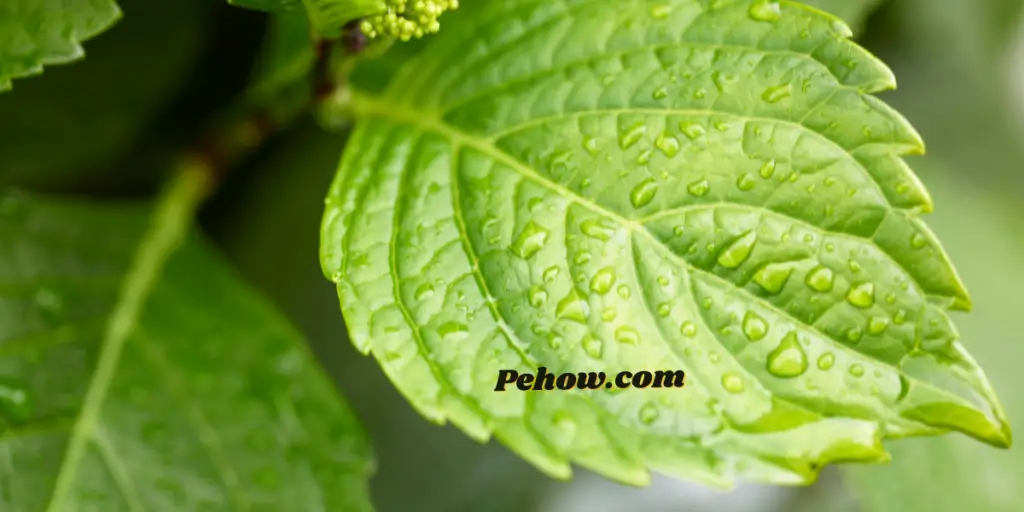
Powdery mildew is a type of fungal disease that can affect a wide range of plants, including hydrangeas. The telltale signs of powdery mildew are white or grayish-white powdery patches on the leaves and stems of infected plants. Powdery mildew is caused by a group of fungi called Erysiphales, which thrive in warm, humid conditions.
Powdery mildew can cause serious damage to your plants if left untreated. Serious damages include:
Stunted growth of buds and leaves
Powdery mildew can cause significant damage to your plants, including stunted growth of buds and leaves. If left untreated, powdery mildew can cause serious damage to your plants, including death. There are a number of ways to treat powdery mildew, including using fungicides or organic controls.
Leaf distortion
Leaf distortion is a common symptom of powdery mildew. Leaves affected by powdery mildew may appear twisted, curled, or otherwise distorted.
Reduced plant vigor
Plants infected with powdery mildew often show reduced plant vigor, as the fungus saps the plant of its energy.
Yellowing or discoloration of leaves
Many plants infected with powdery mildew also show symptoms of yellowing or discoloration of leaves. This is a result of the fungus destroying the chlorophyll in the leaves, which causes them to lose their green color. While not all cases of yellowing or discoloration are caused by powdery mildew, it is one of the most common reasons for these symptoms.
Premature leaf drop
Premature leaf drop is a common symptom of powdery mildew. Leaves affected by powdery mildew may appear twisted, curled, or otherwise distorted. Premature leaf drop can cause a plant to lose its leaves prematurely, which can reduce its overall vigor and health.
Reduced flower production
Powdery mildew can also cause reduced flower production in infected plants. This is because the fungus interferes with the plant’s ability to produce flowers.
Prevention tips for keeping powdery mildew from coming back
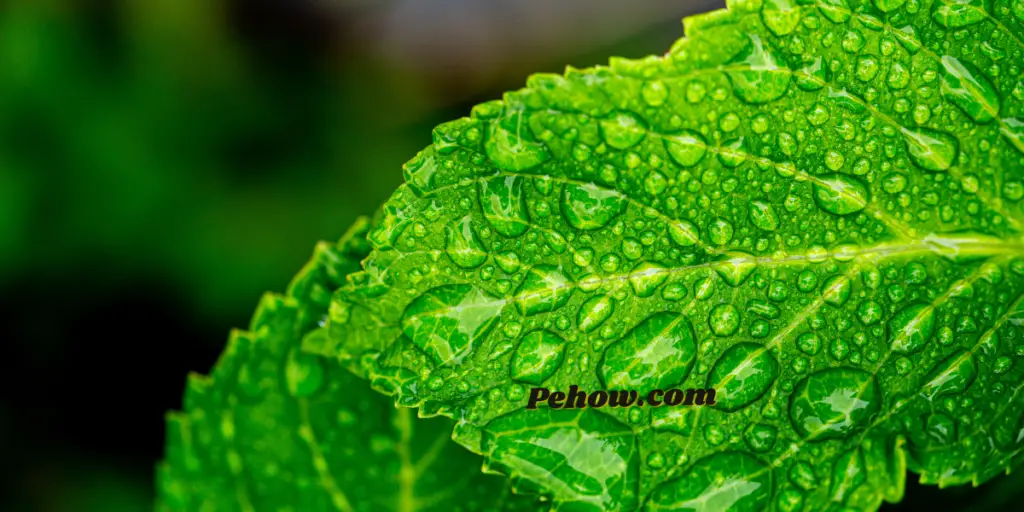
Powdery mildew is more likely to return if the environment is favorable for its growth. The pathogen that causes powdery mildew thrives in warm, humid conditions.
Spores can survive from one season to the next on infected plant debris, so it’s important to remove and destroy any affected leaves, stems, or flowers in the fall.
Powdery mildew can also overwinter in infected plant tissue, so it’s important to prune out any diseased areas in the spring.
The following cultural practices can help reduce the risk of powdery mildew:
- Plant powdery mildew-resistant varieties.
- Space plants properly to promote good air circulation.
- Avoid overhead watering. Water plants at the base, using soaker hoses or drip irrigation.
- Remove and destroy infected plant parts as soon as you see them.
- Apply a fungicide according to label instructions if powdery mildew is a problem in your garden. Be sure to select a fungicide that is specifically labeled for use on powdery mildew.
White powdery substance on hydrangea leaves: should you be worried?
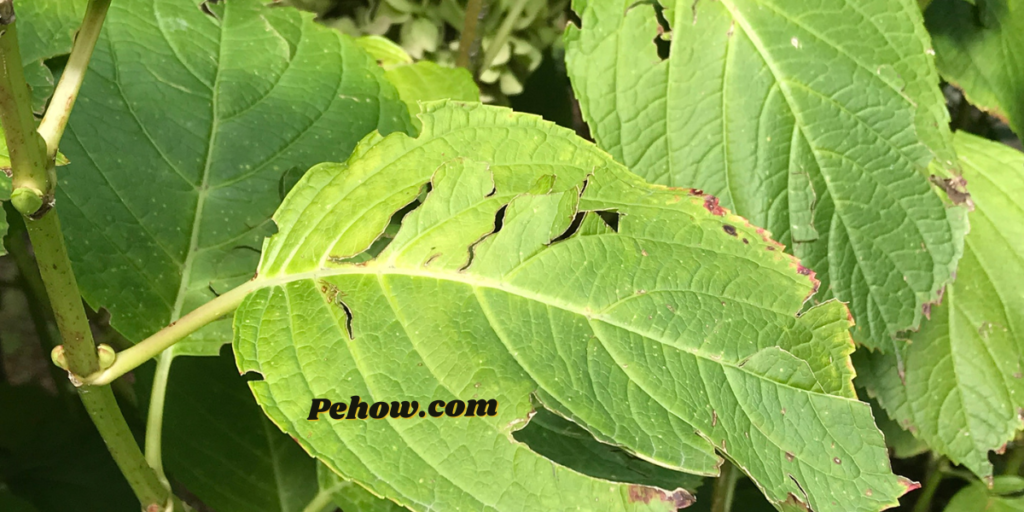
If you see a white powdery substance on your hydrangea leaves, then you should be concerned, as this could affect your plant. It’s possible that this substance is caused by a fungal infection, and if left untreated, the infection could potentially kill the plant.
if you suspect that your plant has a fungal infection, You can use home remedies such as neem oil or baking soda to treat the problem. However, it’s always best to consult with a professional before taking any action.
Keeping powdery mildew away: my top prevention tips
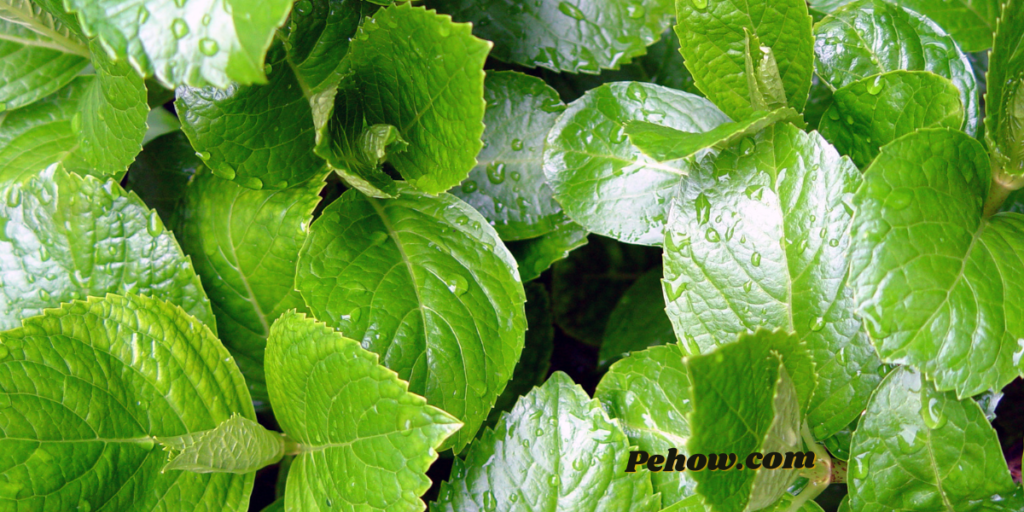
White powder on hydrangea leaves is a common sign of powdery mildew, a fungal infection that can cause extensive damage to plants. Luckily, there are several things you can do to prevent powdery mildew from attacking your plants.
The first step is to make sure your plants are healthy and well-nourished. A plant that is already stressed is more likely to succumb to powdery mildew. So, make sure you are watering your plants properly and giving them the right amount of fertilization.
Next, try to create a more humid environment around your plants. Powdery mildew loves dry conditions, so increasing the humidity can help deter it. You can do this by misting your plants regularly, using a humidifier, or placing them on a pebble tray.
Finally, try using some preventative treatments against powdery mildew. There are several commercial products available, or you can make your own by mixing water and baking soda. Apply the treatment to your plants every few weeks to help keep powdery mildew at bay.
How Powdery Mildew Gets on Hydrangeas?
Fungal diseases like powdery mildew love warm, humid weather. The fungus overwinters on fallen leaves, plant debris, and even your gardening tools. In the spring, the spores blow in the wind and land on hydrangea leaves.
If conditions are right, the spores germinate and send out rootlike structures called haustoria that penetrate the leaf surface. The fungus then begins to grow and reproduce.
Powdery mildew doesn’t usually kill hydrangeas, but it can weaken them and make them more susceptible to other problems, such as leaf spots. Powdery mildew also decreases the plant’s aesthetic value.
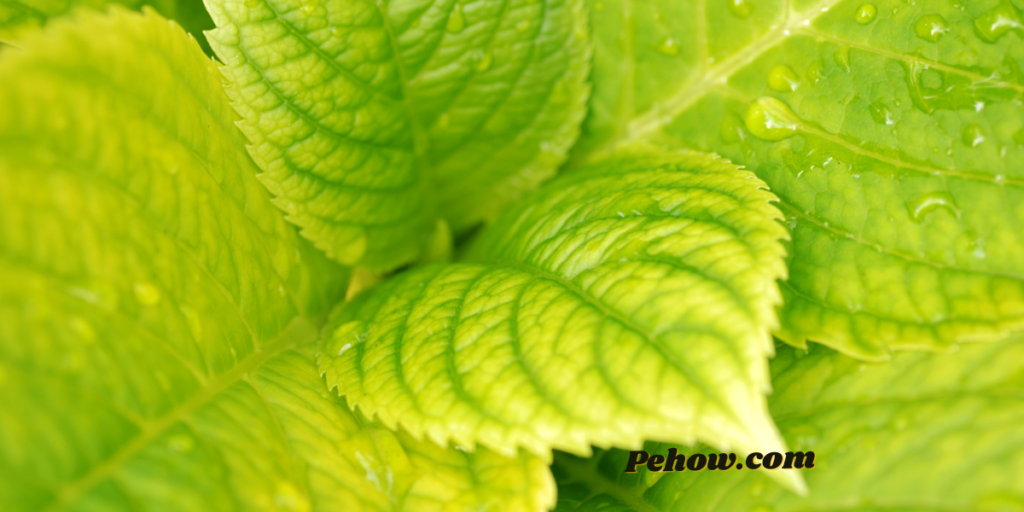
What Does Powdery Mildew Look Like?
Powdery mildew looks like, well, powder. It’s a white or grayish-white powder that covers the leaves, stems, and sometimes even the flowers of infected plants.
If you look closely at a leaf with powdery mildew, you’ll see that the powder is made up of thousands of tiny spores. These spores are produced by the fungus and are released into the air to start new infections.
When powdery mildew first appears, it usually looks like white or grayish-white specks on the leaves. These specks soon spread and cover the entire leaf surface with a powdery film. The undersides of the leaves may also be affected.
As the disease progresses, the leaves may turn yellow or brown and curl up. Severely infected leaves may drop off the plant.
The Summary
I know how disheartening it can be to see a fungal infection like powdery mildew taking over your beloved hydrangeas. But don’t despair! There are several things you can do to prevent and treat this problem.
Start by making sure your plants are healthy and well-nourished. Then, try to create a more humid environment around your plants. And finally, use preventative treatments against powdery mildew.
With a little care and attention, you can keep powdery mildew from ruining your hydrangeas.


